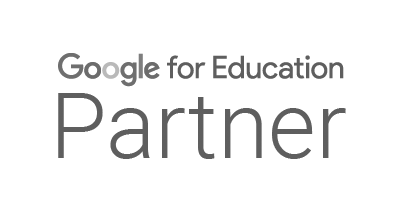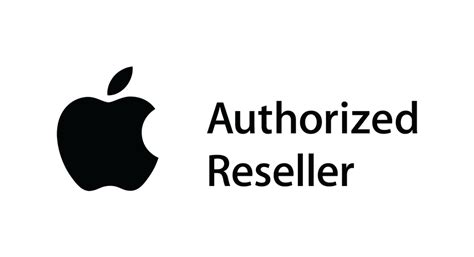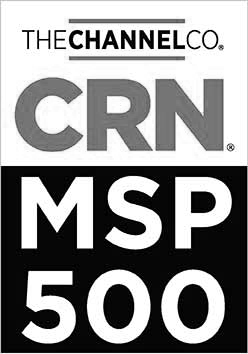As the end of the school year approaches, it’s easy to get caught up in a whirlwind of activities, from final exams to graduation ceremonies. Amidst this hustle and bustle, one aspect of closing out the school year that often gets overlooked is the IT department’s tasks. Properly closing out the academic year in terms of IT requires careful planning and execution to guarantee a smooth transition into the next school year. We know it can be easy for IT tasks to fall to the back burner, so we’ve created a comprehensive checklist to help guide you through a successful and secure IT operations wrap-up.
- Confirm Inventory and Assess
Begin by conducting a thorough inventory of all IT assets, including computers, laptops, tablets, projectors, printers, and any other devices used throughout the school year. This inventory check helps identify missing or damaged equipment that needs replacement or repair. This process is also a great time to do a life cycle audit for devices at the end-of-life.
- Replace and Repair Devices
Once the inventory is confirmed, assess the condition of each device. Identify any hardware or software issues that must be addressed over the summer break. Schedule repairs or replacements accordingly to ensure that all devices are fully functional when students return for the new academic year.
- Clean and Sanitize Devices
Your devices have been through a lot over the course of a school year. Prior to storing devices for the summer break, thoroughly clean and sanitize them to mitigate the risk of spreading germs and help make your device last longer. Wipe down external services, remove debris from keyboards and mice with compressed air or a soft brush, and clean screens with a microfiber cloth dampened with a solution of water and isopropyl alcohol.
- Update the Cloud
Ensure that all cloud-based systems and software applications used by students and faculty are up to date. This includes learning management systems, productivity suites, and any other cloud-based platforms integral to the school’s operations. Update software licenses as necessary to maintain compliance. At the end of the year, it’s also essential to decommission your devices from the identity provider. For example, update your G-Suite if you’re in a Chromebook environment.
- Clean Student Accounts
Perform a thorough review of student accounts to remove inactive accounts and ensure that only current students have access to the school’s IT resources. Reset passwords for accounts that require it and remind students to back up any important files before the end of the school year.
- Secure Data
Prioritize data security by backing up critical files and sensitive information stored on school servers or cloud-based platforms. Implement encryption protocols to protect data privacy and ensure compliance with relevant regulations such as FERPA (Family Educational Rights and Privacy Act).
- Secure and Store Devices
For schools that provide students with devices for use during the academic year, establish a secure storage plan for the summer break. Properly label and organize devices to facilitate easy distribution at the beginning of the next school year and set them to charge so they’re ready to go in the fall. Implement security measures to prevent theft or unauthorized access to stored devices.
- Take a Break
You deserve it! Enjoy your summer.
Closing out the school year successfully with IT requires a little proactive planning but doesn’t have to be a headache. Here’s a copy of Technology Lab’s Year-End IT Check List, download here. Let this be your go-to guide to these critical steps. We hope this resource helps keep your school’s IT infrastructure well-maintained, secure, and ready for the year ahead.
As you’ve got your mind on IT, we’d like to invite you to check out our Managed IT Services— all of which are tailored to keeping K-12 schools like yours connected and secure. You can request a Free Discovery Call to learn more about your school or organization, discuss your needs and goals, and then determine if an IT Assessment is the right next step.


















